Search
Search Results

Video
Archaeological Monuments Zone of Xochicalco (UNESCO/NHK)
Xochicalco is an exceptionally well-preserved example of a fortified political, religious and commercial centre from the troubled period of 650—900 that followed the break-up of the great Mesoamerican states such as Teotihuacan, Monte Albán...

Video
Xochicalco Mexico
(March 2012) Xochicalco is an exceptionally well-preserved example of a fortified political, religious and commercial centre from the troubled period of 650—900 that followed the break-up of the great Mesoamerican states such as Teotihuacan...
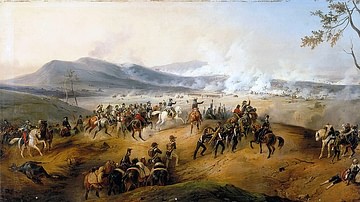
Article
Battle of Castiglione
The Battle of Castiglione (5 August 1796) was one of the most important battles of Napoleon's Italian Campaign of 1796-97. After laying siege to the vital fortress of Mantua, General Napoleon Bonaparte and his Army of Italy defeated an Austrian...
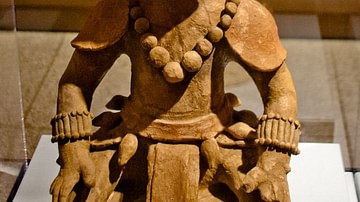
Definition
Maya Civilization
The Maya are an indigenous people of Mexico and Central America who have continuously inhabited the lands comprising modern-day Yucatan, Quintana Roo, Campeche, Tabasco, and Chiapas in Mexico and southward through Guatemala, Belize, El Salvador...
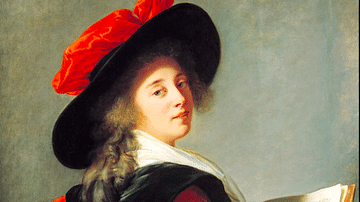
Definition
Cochineal
Cochineal is a brilliant red dye extracted from the crushed bodies of parasitic insects which prey on cacti in the warmer parts of the Americas. The dye was an important part of trade in ancient Mesoamerica and South America and throughout...
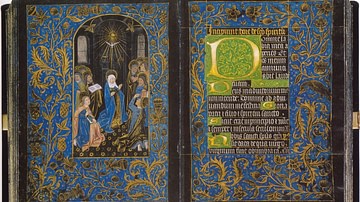
Article
Twelve Greatest Illuminated Manuscripts
Illuminated manuscripts are, as their name suggests, hand-made books illumined by gold and silver ink. They were produced in Western Europe between c. 500 and c. 1600 CE and their subject matter is usually Christian scripture, practice, and...

Image
Cocijo
An urn representing the Zapotec deity Cocijo who had a human body with jaguar and serpent features with a forked tongue and was considered the god of rain and lightning. (200 BCE - 700 CE, Stanford Cantor Museum)
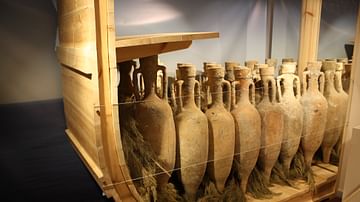
Collection
Trade in the Ancient World
Trade has been going on for as long as humans have needed or wanted something that others had and they did not. Bartering for goods and trade in kind developed into more sophisticated forms of exchanges using commonly agreed commodity currencies...
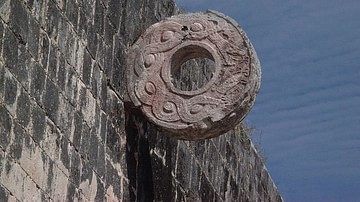
Article
The Ball Game of Mesoamerica
The sport known simply as the Ball Game was played by all the major Mesoamerican civilizations and the impressive stone courts became a feature of many cities. More than just a game, it could have a religious significance and featured in...
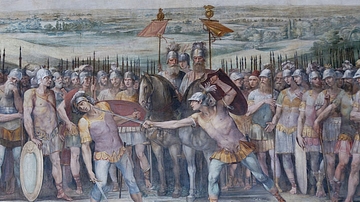
Image
Battle between Horatii & Curiatii
Photograph of a Fresco in the Capitoline Museums, Rome. The fresco by Giuseppe Cesari is dated to 1612-13 CE. It depicts the duel between the Roman Horatii and Alban Curatii triplets during the reign of Tullus Hostilis.